|
It would be nearly impossible for us to compile a complete list of the best backroads in New Jersey, since we have so many, but here is a sample of what our state has to offer.  1. Old Mine Road - This road runs for miles along the Delaware and is packed with incredible views. Enjoy lakes, rivers, streams, creeks, wildlife and of course...the forest. This is a relaxing drive that will have you feeling connected to nature, but do note that portions of this road are closed during the winter.  2. CR 563 - This road is one of the most lovely scenic drives in New Jersey. This county road runs 43.87 miles from Margate City to Woodland Township. While it does run through some suburban areas, you'll enjoy a scenic rural drive north of Egg Harbor City, deep into the heavily forested pinelands. You'll pass through Wharton State Park and across the Mullica River.  3. Henry Hudson Drive - Running along the Palisades (from Fort Lee to Alpine), this drive will take you right along the Hudson at the base of the cliffs. The views of NYC are stunning and the cliffs are majestic! Enjoy the Fort Lee Museum and Historic Park, Alpine Boat Basin and picnic spots along the way.  5. Route 49 - When it comes to beautiful drives in New Jersey, nothing beats Route 49. You'll drive through pinelands and wildlife preserves on this lovely 60-mile route from Deepwater to Tuckahoe. Stop in Millville along the way and enjoy the bustling arts scene or grab a slice in Bridgeton at the legendary Big John's. 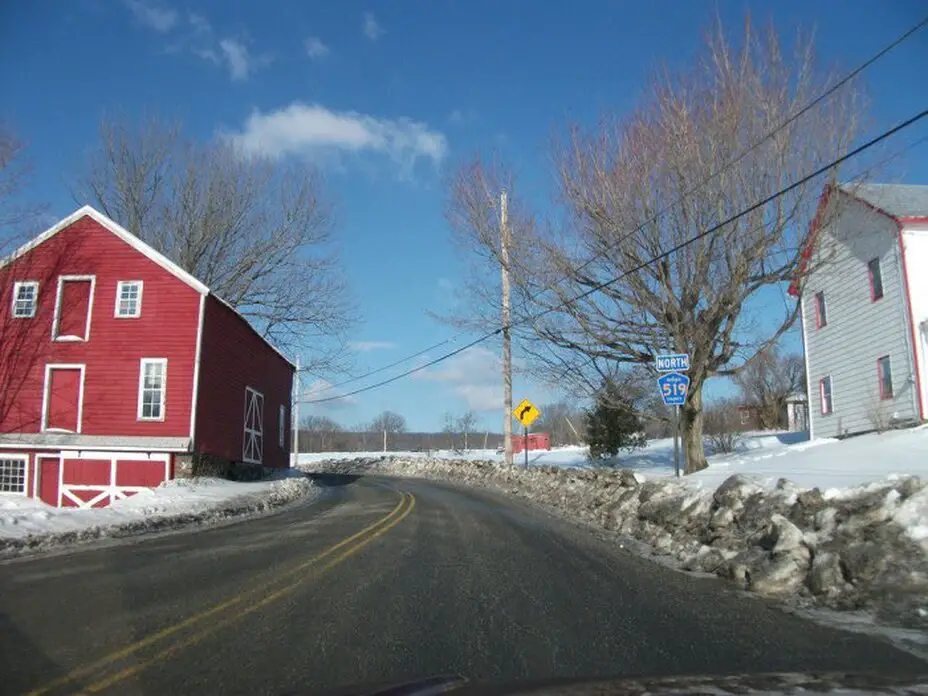 7. Route 519 - Driving along Route 519 is one of the most exquisite adventures in New Jersey. This 88-mile stretch between Colesville to Rosemont will take you back to a simpler time. You'll pass old barns, sprawling farms, vineyards and antique shops along the way, all while taking in some gorgeous scenery. Fun fact: Route 519 is New Jersey's longest county road. Though some are more secluded than others, these scenic roads all make for fantastic drives. What are your favorite scenic drives along the best backroads in New Jersey? Address: Old Mine Rd, New Jersey, USA Address: County Rd 563, Egg Harbor City, NJ, USA Address: Henry Hudson Drive, Henry Hudson Dr, Fort Lee, NJ, USA Address: Ocean Dr, Avalon, NJ, USA Address: NJ-49, Pennsville Township, NJ, USA Address: Palisades Interstate Pkwy, United States Address: County Road 519, New Jersey, USA
0 Comments
The pandemic has turned a great many of us into homebodies, and given that Anthony Fauci, MD, director of the National Institute of Allergy and Infectious Disease (NIAID), warned that we shouldn’t expect to return to “some semblance of normality” until at least the end of 2021, the coming year will see us continuing to invest in our homes. That may mean taking the leap from couch desk to proper desk, perfecting your living room gym, buying more plants to add a little nature to your space, or trying out any other number of strategies to bolster the comfort, functionality, and boundaries of our living spaces. “The changes to our homes brought on by the pandemic fall into two categories: stopgap measures that involve short-term updates and adjustments, and lifestyle changes that will likely stick with us in some form,” says Eve Epstein, vice president content, media, of the home and design website Hunker. “Of course, most people don’t have a bunch of extra rooms lying around, just waiting to be converted into offices or classrooms or yoga studios. So another big storyline has been solutions for multi-functional spaces.” For many, simplifying our spaces will allow us to view our homes as retreats from, rather than sources of, stress. “People are taking the time to clear out all those extra items that they realize they don’t really need and focus on what makes them happy in their home,” says Bobby Berk, interior designer and co-host of Netflix’s Queer Eye. Not only will people seek to declutter, but they will be more mindful about the products they buy, investing in quality over quantity. “People are taking the time to clear out all those extra items that they realize they don’t really need and focus on what makes them happy in their home.” —Bobby Berk In fact, investing in quality items for the home has perhaps never been more important than now for those who find themselves newly working from home—and needing to cultivate a remote office environment from which to log on. “Working from home—for those of us fortunate enough to be able to do our jobs remotely—is here to stay,” says Epstein, who notes that Hunker has seen a huge demand from its audience for desks, so much so that retailers have been struggling to keep them in stock. To address demand, office furniture suppliers have pivoted from fulfilling bulk orders for companies to small orders from weary workers sick of typing from their couches, beds, or baths. “There’s a new wave of dual-purpose furniture, and I’m seeing more investment in the crossover between good, well-built staples, like a dining table to anchor a room that can also be used as a desk,” says Larry Cohn, principal architect at Shadow Architects in New York. “If your space is really tight, or you have the opportunity to create a separate room for work by installing a fold-away bed that can be a desk area during the day, then go for it.” Indeed, the wall bed market is expected to grow from nearly $1.45 billion to $2.34 billion by the end of 2026, indicating that we can expect rooms to continue prioritizing their multi-functional, transformative potential. By maximizing the square footage in our homes with functional furniture intended to serve our varying needs (like by working in the same room where we sleep and talking to our therapists at the kitchen table), the struggle to maintain boundaries between the workspace and personal space is real. That’s why next year, we’ll be using technology to create a mental barrier between work and rest when a physical one isn’t possible. “You can engage all five senses to create boundaries for a clear separation between work and life,” says interior designer Laura Britt, president and managing principal at Britt Design Group in Austin. One way she recommends doing this is by “scene setting” with light. “Lighting can be used to signal your brain that work is done for the day, or that it’s time to sleep,” she says. A slew of new smart lighting products slated for a 2021 release from Dyson, Phillips, Lutron, and Bios Lighting will make it easy to flip the switch to “relax mode” when the time is right.
Sound—or lack thereof—can also help set the right mood. Razer, Jabra, and Anker have all released noise-canceling headphones in the last quarter of the year, and Bose will introduce a new pair meant to work as well on your run as on your next conference call. Loftie and Hatch, meanwhile, launched alarm clocks that double as white noise machines in April and May, respectively, indicating that many of our devices are becoming as multi-purpose as our spaces. In addition to tech, many folks are investing in art as a way to set a calming mood in their homes, says Jeanne Anderson, senior vice president and general manager of online art gallery and artist network Saatchi Art, which saw an “enormous increase” in sales this year. “A well-designed, harmonious environment can absolutely contribute to overall mental health. Abstract art, in particular, is popular for that reason—gentle shapes, brushstrokes, and soft colors can be deeply soothing and help you relax in your room,” she says. To help clients find the art to best meet their emotional needs, Saatchi launched the Art for Your Mood collection this fall. “2021 will continue the trend that started in 2020 with people investing into renovating and decorating their spaces,” says Julie Matrat, senior vice president and general manager at global art marketplace Society6. The past year has led many to view the home in a different light (perhaps even literally with lighting upgrades). Into 2021, we’ll continue thinking creatively about how to transform the spaces where we spend so much of our time—pandemic or not—into the sanctuaries that truly support our multifaceted lives. by Jamie Thilman of Well + Good Vaccination offers protection against the viral threat, but your brain needs time to reset after a year living with the fear.
Rachel Gersten is a licensed mental health and wellness counselor and, as she says, a believer in science. All throughout the Covid-19 pandemic, the co-founder of a New York–based wellness company followed official public health guidance on safe behavior and avoided illness. She’s on the other side of peak risk now because she is fully vaccinated. Even so, having reached this stage, the 34-year-old is experiencing dissonance: Gersten’s foundation in science tells her on an intellectual level that she’s largely protected from the coronavirus; emotionally, however, her brain can’t catch up. “If you fall off a horse, you get back on,” she says. “I understand that, but in this case it’s tough to make the mental switch after a year of living in fear.” Gersten will likely find herself in good company as more people get their shots. Although some may be ready to jump back into pre-pandemic lifestyles, many others will not. “For an entire year, our brains have operated in fight-or-flight mode,” says Annie Miller, LCSW-C, of Washington, D.C.–based D.C. Metro Sleep and Psychotherapy. “We’ve been programmed to sense being around people as a threat, and it’s only normal to be fearful of returning to that scenario.” This dissonance doesn’t quite fit the clinical definition of PTSD, but it has shades of the disorder, says Steven Taylor, a professor in the Department of Psychiatry at the University of British Columbia. He co-authored a July 2020 study published in Depression & Anxiety that looked into five facets of Covid-related distress: fear of the disease, worry about its socioeconomic costs, xenophobic fears that foreigners are spreading the disease, traumatic stress symptoms associated with exposure to the virus, and compulsive reassurance checking, which involves repetitive, frequent checks to ensure you are virus-free. “You don’t need to have experienced one particular traumatic event to experience this syndrome,” Taylor says. “Covid stress has been a long, pervasive event.” A study published in January 2021 in PLOS One reinforces this idea. “Our findings support emerging research that Covid can be understood as a traumatic stressor event capable of eliciting PTSD-like responses and exacerbating other related mental health problems,” the authors wrote. These findings support what Gersten is experiencing, even after full vaccination. Collectively, while we all continue following public health guidance and await maximum vaccine uptake, we have other work to do. As post-vaccination life approaches, the trick becomes reprogramming our brains to feel safe again and embrace a (new) normal. This is your brain on fearIf that new normal for you involves fear, you’re not alone. Jennifer Pett, a 47-year-old university lecturer from Maryland, understands well the extended fear of threat, perceived or otherwise. Just prior to the pandemic, she had been allowing her brain to relax and feel safe again after two years of vigilant behavior to protect her immune-compromised husband. Then the pandemic arrived, and she felt “sucker punched” by the virus. “I had put in the work to understand that there’s only so much I could control and that living in a sustained state of fear was harmful,” Pett says. “It wasn’t that I became more reckless, but I was letting go a bit,” she says about just starting to relax right before the pandemic. Now that both Pett and her husband are vaccinated, she recognizes that it’s time to turn her attention toward relaxing her threat response once again. She’s returning to a mixture of tools that proved useful during her husband’s illness, including therapy and what Pett calls “faking it until you make it” immersion. “If a friend invites me to lunch, for instance, I will carefully evaluate risk levels, remind myself of the emotional benefits, and go,” she says. Pett’s approach is sound, according to Miller, who recommends a bit of exposure therapy if you’re struggling to move forward with what once were commonplace activities, like meeting a friend for coffee. “If you avoid the activity you’re afraid of, you only strengthen the fear,” she explains. “But if you allow yourself to gradually ease into situations, to push yourself to the edge of your comfort zone, you can make progress.” An example of this approach applies to the classic fear of flying: First, you visit the airport and return home. Next, you get on a plane but don’t take a flight. Eventually, you board, ticket in hand, and fly to a destination. Like Pett, Gersten is working with herself to slowly let her guard down. “A close friend who is also vaccinated invited me to fly in for a visit and celebrate her birthday,” Gersten says. “My knee-jerk reaction was not to go. But I reminded myself that I was in panic mode, and that in reality, this was now a safe activity for me.” Gersten took the measures that would make her feel comfortable traveling — including wearing a mask and ensuring that she had the only seat in her row — and decided to visit her friend. “Step one is recognizing that this is hard and treating yourself accordingly,” she says of venturing out after being fully vaccinated. “You’re going to feel anxious returning to a restaurant, for instance, and that’s okay. Stick your toe in the water to start, perhaps with outdoor dining.” If you recognize that you’re anxious about resuming certain activities, get a leg up and start therapy to address it before you’ve even received a vaccine, Gersten says. And avoid self-criticism when fear arises. “Use energy positively,” she recommends. “If you’re not ready for an experience now, it doesn’t mean you won’t be eventually.” Revisit your toolkit. What worked well for you to cope throughout the past year will also work well for you in the post-pandemic stage, experts say. “Basic stress management tools can help,” Taylor says. “Simple things like exercise, meditation, sleep, and limited doses of media are all applicable post-pandemic.” If you find yourself stuck and unable to progress with your usual go-to comfort measures, it might be time to ratchet up your care. Signs pointing to this step include sleep struggles, gastrointestinal distress, and skin issues, which are all indicators of stress. “Your brain can get caught in this fear reaction, and that leads to a heightened nervous response with physical manifestations,” Miller says. “Seek professional help if you can’t move forward to simple activities like joining a friend for a walk outside.” That said, assume reentry will be hard. “If it feels easy, great,” Gersten says. “But it’s our default to find this a challenging process. You can’t snap your fingers and expect everything to feel as comfortable as it did pre-pandemic.” Pett understands this struggle, having lived through a version of reentry in the past. “I don’t know if I’ll ever come down to a normal level of risk acceptance again,” she admits. “But I do know it’s worthy of putting in the work, because living as we have over the past year is not healthy or sustainable.” For Pett, the first foray into “normal” will include drinks and appetizers with friends outdoors at a restaurant. For all of us, the vaccines now make this possible. We just have to figure out how to walk out the door. This article first appeared on Elemental. Written by Amanda Loudin The opinions expressed here by Bergen Review Media columnists are their own, not those of Bergenreview.com. For those in the New York and New Jersey area, there’s one absolutely beautiful drive that offers so many potential stops for thrills and fun. We’re talking about the Palisades Scenic Byway, a drive that takes you through both states and features one of the most stunning natural sights in the area: the shockingly steep waterfront cliffs known as the Palisades. With our itinerary (and these handy Google Maps directions), you can soak up the natural beauty of the drive as well as explore hidden gem areas along the way. It all leads to one of the best hikes in New Jersey! In total, this drive will cover about 83 miles and take under two hours to complete – although you’ll be spending plenty of time at each stop. This drive takes you along the Palisades, which are steep cliffs along the west side of the lower Hudson River in northeastern New Jersey and southern New York in the United States. We'll start off in one of the most iconic places in the world: New York City. Before you start your drive, you can fuel up and grab an amazing bagel here. Admire the hustle and bustle of NYC before saying goodbye — we're leaving it all behind. Drive on the George Washington Bridge over to New Jersey and take in the skyline views on the way. The State Line Lookout is the perfect place to admire both New York and New Jersey. You'll get an eyeful of these stunning cliffs. The best time to head over to the State Line Lookout is definitely fall. The colorful explosion of leaves is a sight that'll make your jaw drop. The changing leaves make the Palisades even more striking and beautiful than usual. It's time for an off-roading adventure. We're going to head a little deeper into New Jersey toward one of its best state forests. We're heading toward Norvin Green State Forest, where you'll truly veer off the paved path. Buckle up because the terrain here can be a bit bumpy. This forested area is known for its challenging and uphill drives, so you'll be best equipped in a vehicle like the rugged Nissan Pathfinder. You'll love exploring the lush scenery from behind the wheel or feel free to hop out of your car and traverse some of the incredible trails by foot. If you have time, stop by the nearby Wanaque Reservoir for a quick paddle! Now, it's time for our final destination and the highlight of the trip. we're heading back east to the Giant Stairs at the Palisades. This is a fun and thrilling hike, but be warned: it's a rock scramble, so you'll be navigating over the many boulders that have fallen from the Palisades. In fact, it's the largest rock scramble in New Jersey! It can be challenging, but that's part of the appeal. Plus, you'll have amazing views all around you as you navigate your way across. In total, the trail is a little over four miles. Once you reach the top, you'll be treated to more beautiful views of the water and surrounding area. Of course, that's the appeal of this drive - every moment of the Palisades Scenic byway is beautiful, with plenty of stops for adventure.
So, what are you waiting for? Hop into your car and embark on the ultimate multi-state adventure. Address: Palisades Interstate Parkway, Palisades Interstate Pkwy, Bardonia, NY, USA This article originally appeared on "Only in your state" |
Written, Compiled & Edited byThe Bergen Review Media Team
�
Archives
April 2024
Categories
All
|
|
Bergen Review Media is a
WebClientReach, llc Company |
50 East Ridgewood Ave. #215
Ridgewood, NJ 07050 Phone: (201) 948-5500 |
The Bergen Review is Bergen county's concierge for the best businesses, restaurants & venues in New Jersey. Our agency has a combined total of over 15 years experience in online media and marketing. Our team of experts scour every nook and cranny of New Jerseys best businesses, restaurants & venues to present to our clients the full scoop of where best deals & experiences are. Even after researching & looking at reviews, finding the REAL scoop on what Businesses, restaurants or venues best fit your interest can be a challenge. Bergen Review Media has a team that researches & visits various establishments. Making sure the consumer gets the best experience.
|
Website by Bergen Review Media




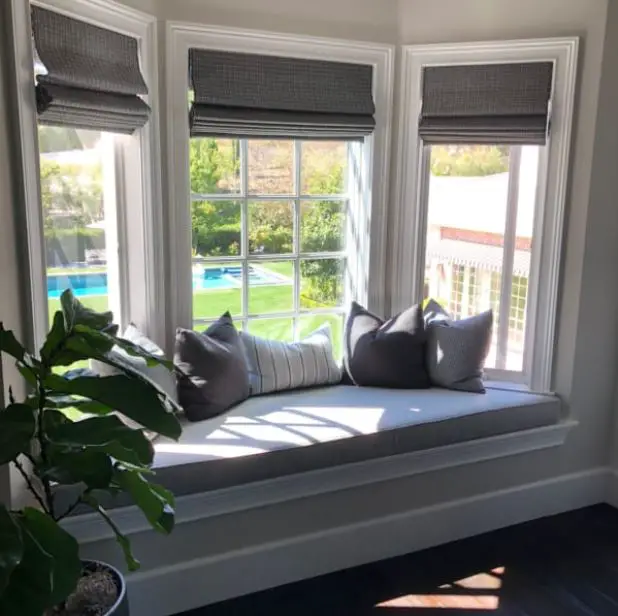


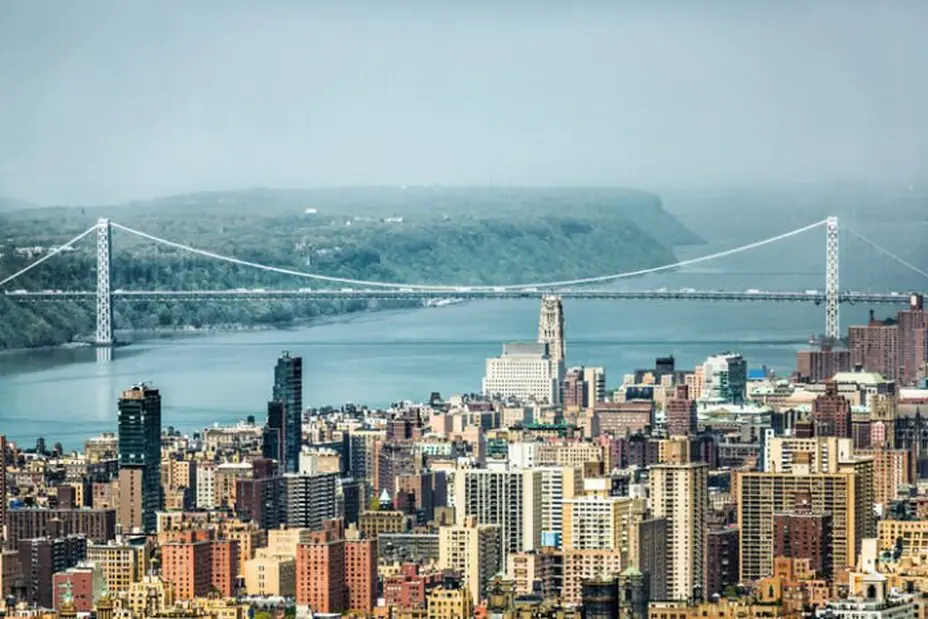

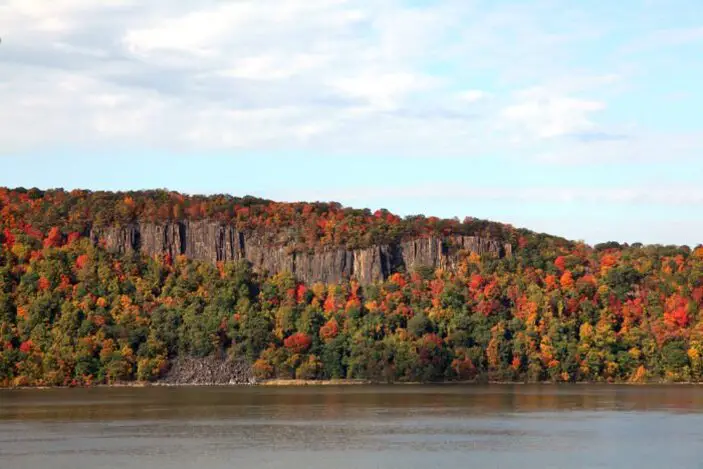

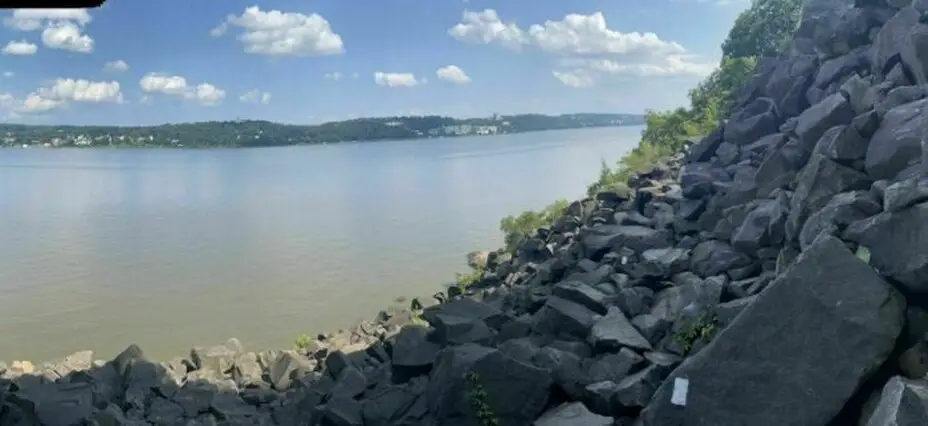

 RSS Feed
RSS Feed






